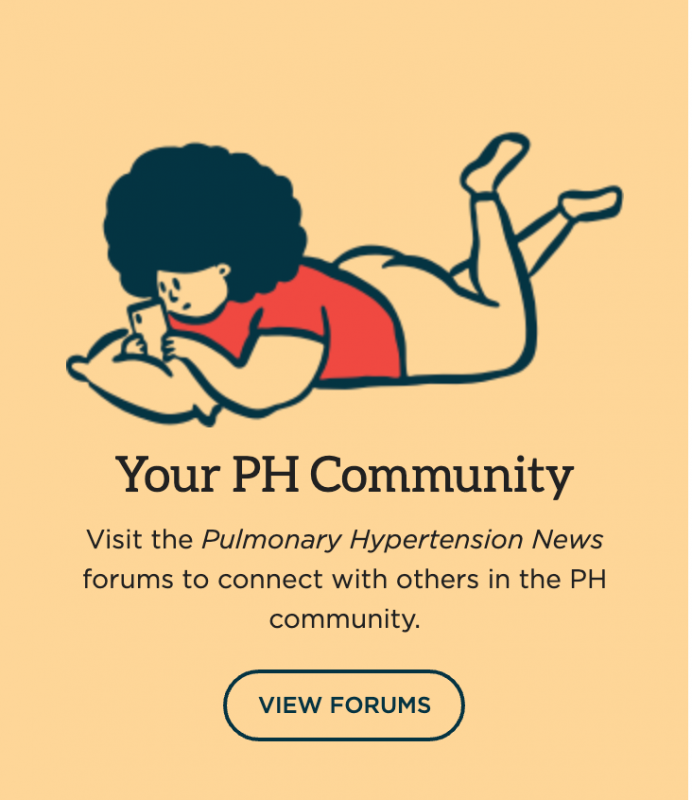Swiss Approve Uptravi as Treatment for Pulmonary Arterial Hypertension
Actelion Pharmaceuticals recently announced that Swissmedic, the Swiss regulatory agency for therapeutic products, has approved the orally active, selective IP prostacyclin-receptor agonist Uptravi (selexipag) for the treatment of pulmonary arterial hypertension (PAH). Uptravi is indicated for the treatment of PAH in patients with advanced functional limitation (NYHA-functional class III/IV) to…

